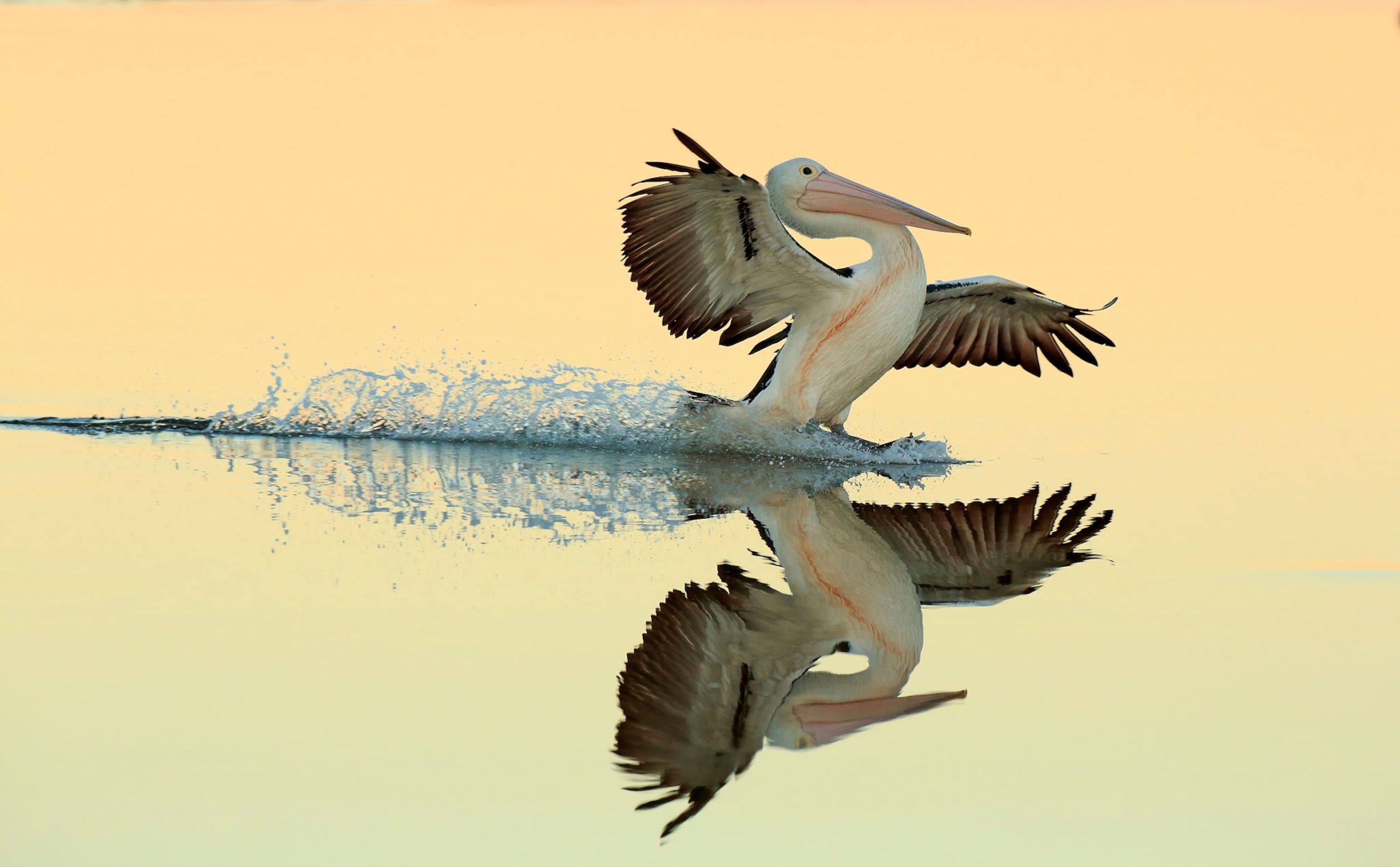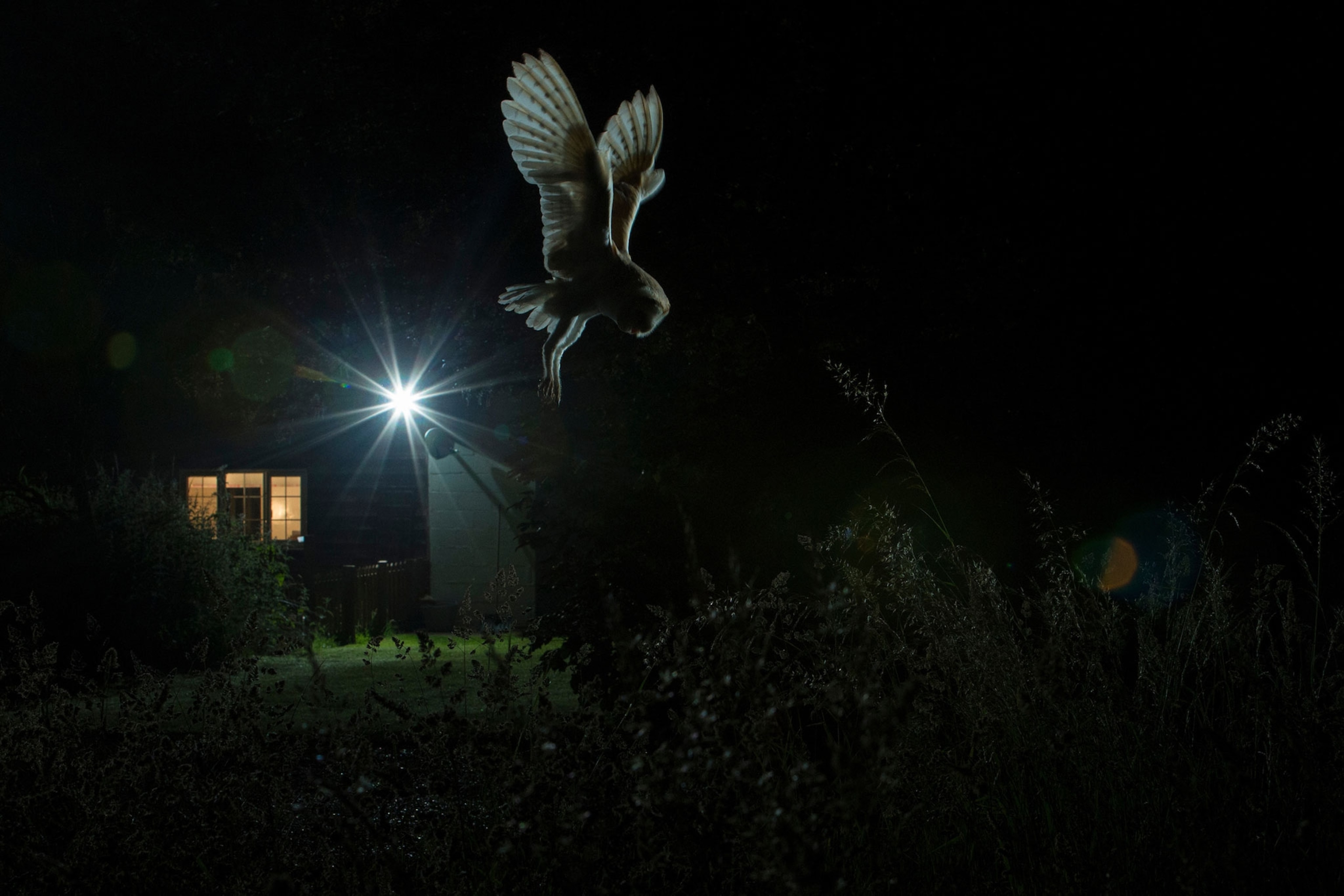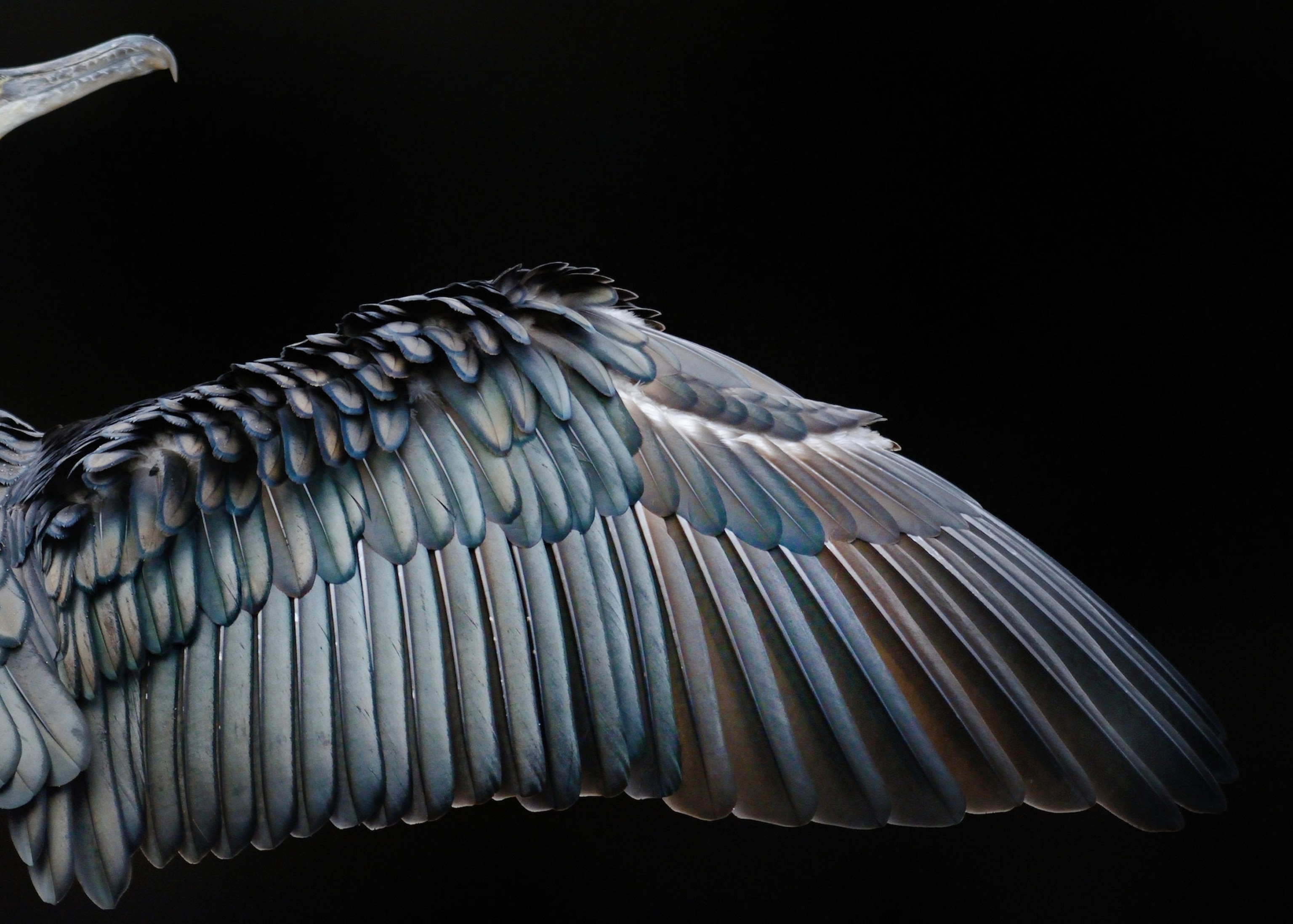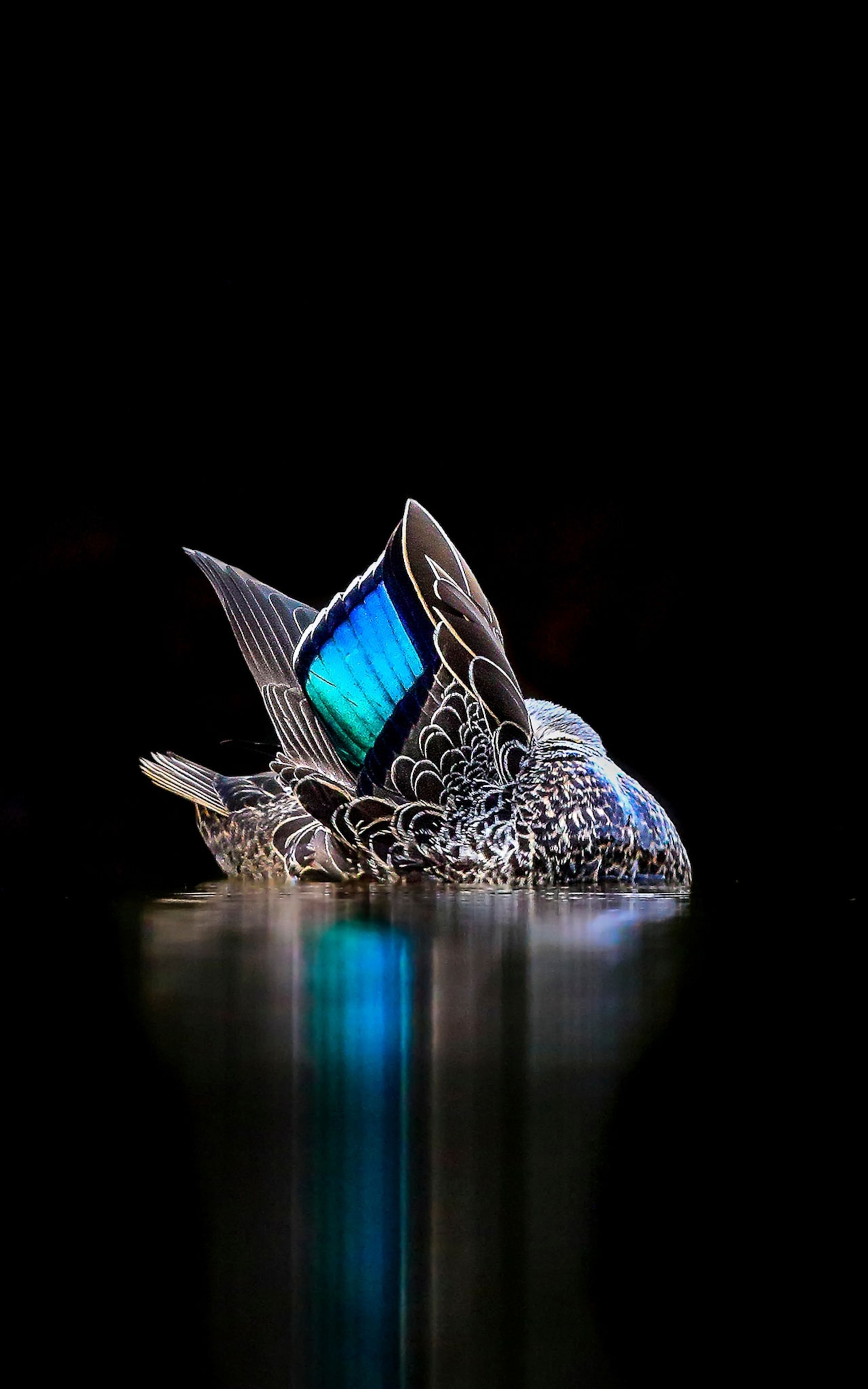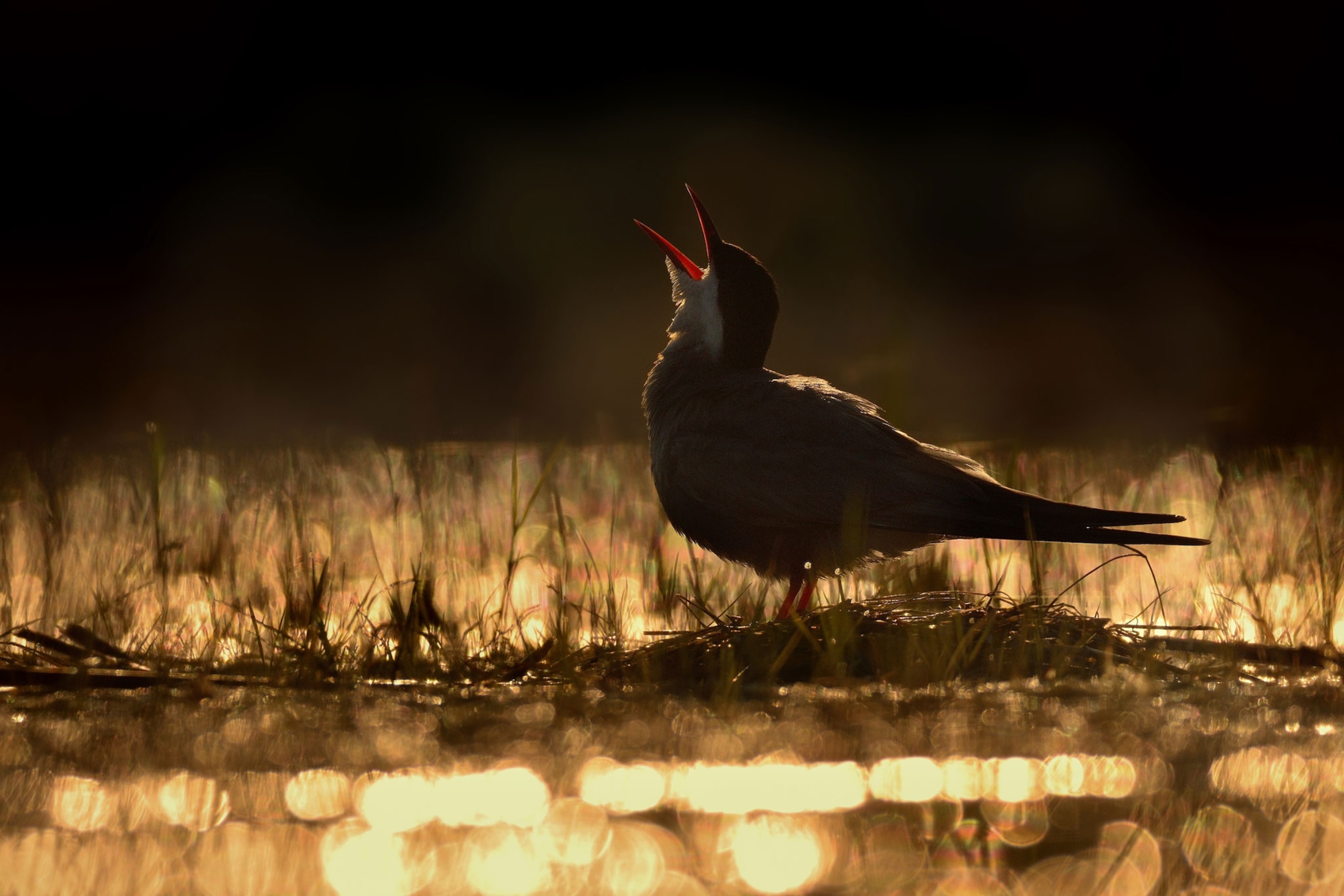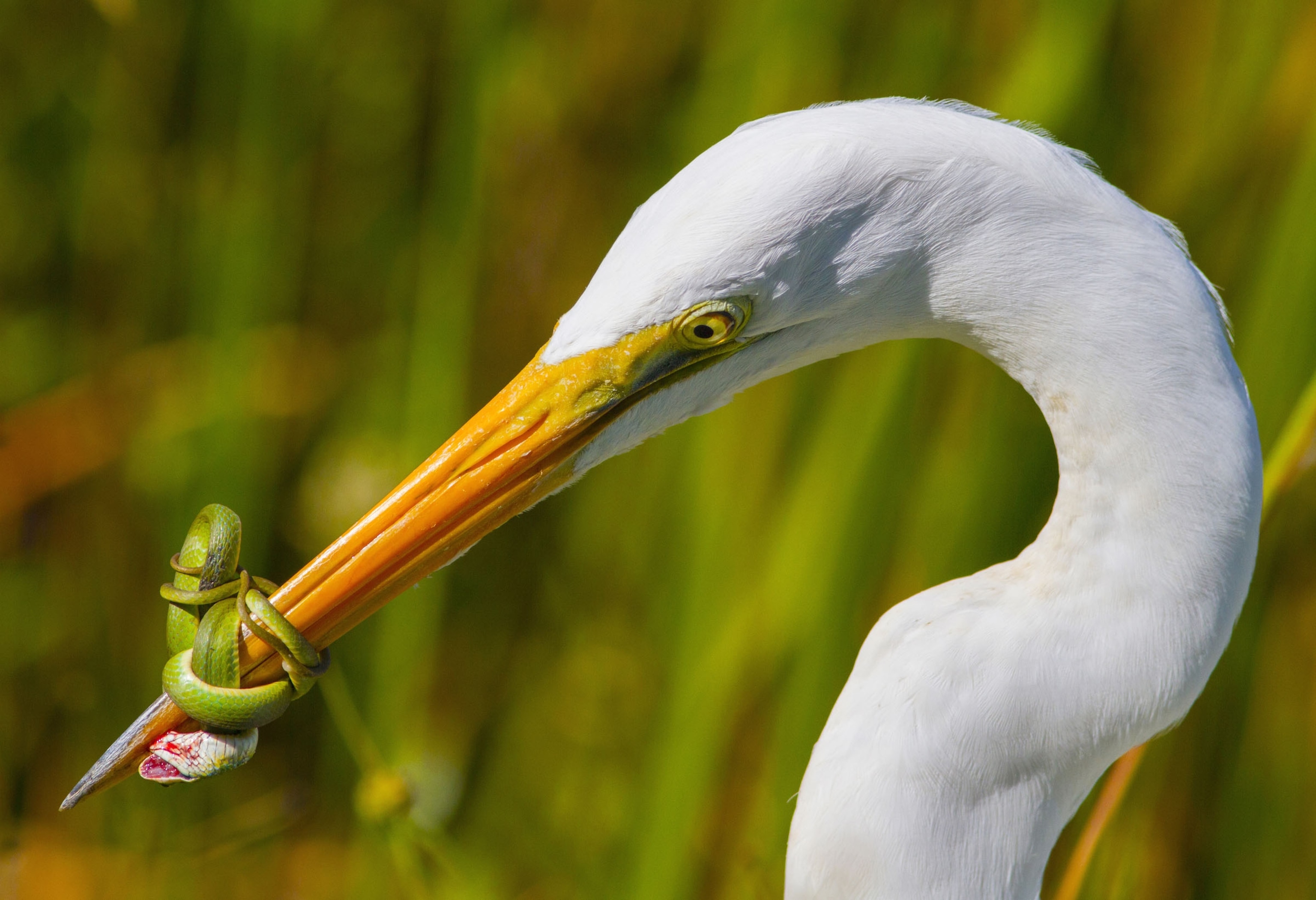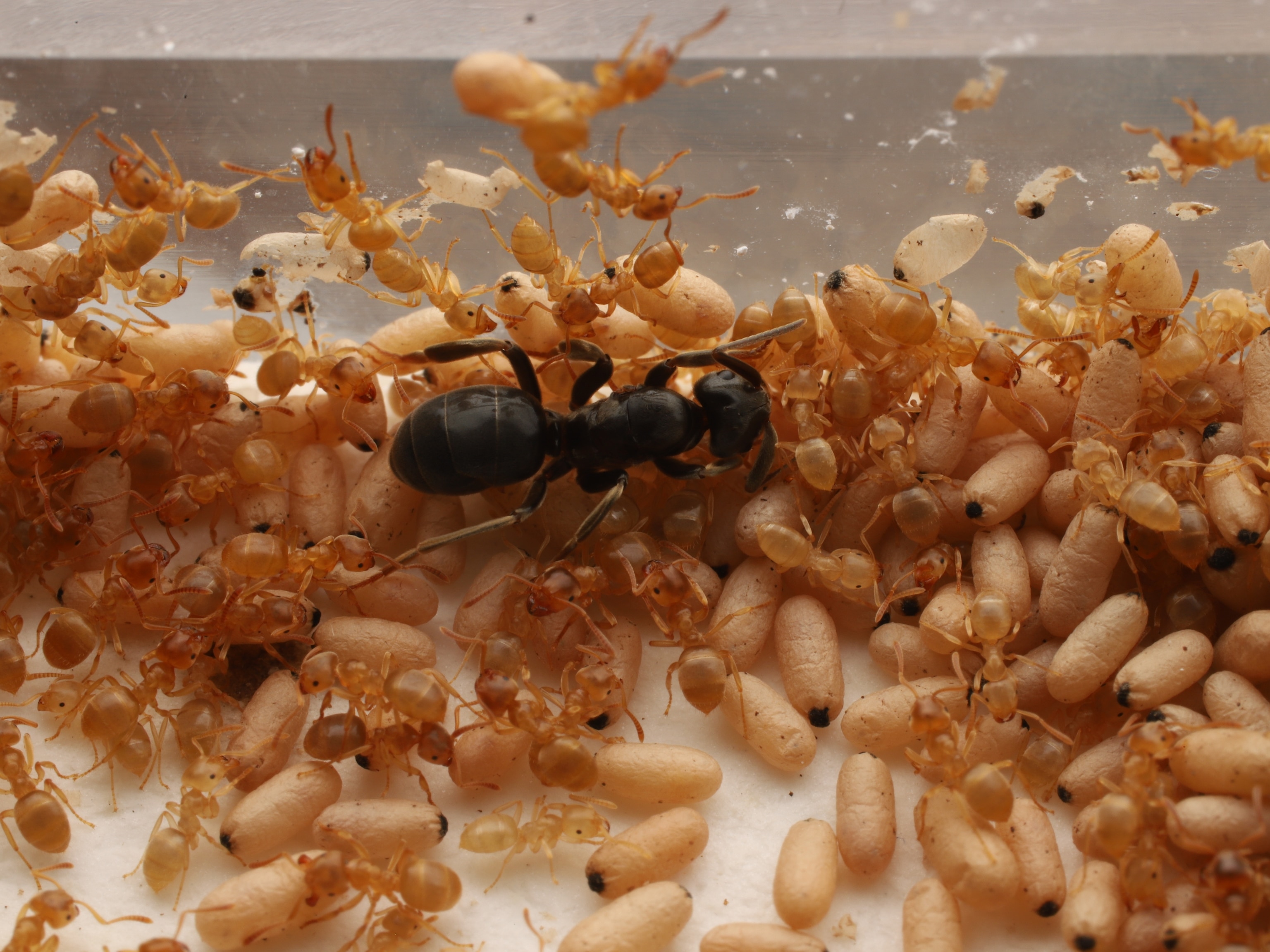
These Moths Drink the Tears of Sleeping Birds
A rare tear-feeding moth discovered in Brazil could help explain the bizarre behavior and whether it harms the birds.
A moth was spotted drinking a sleeping bird’s tears in the Amazon jungle in Brazil, the first time this behavior was reported in the country and only the third known case worldwide.
Moths and butterflies have often been observed feeding on the tears of crocodiles, turtles, and mammals. It’s thought to be a way of obtaining salt, an essential nutrient that isn’t present in nectar and can be hard to find elsewhere.
Birds’ tears may be targeted for the same reason. However, the area where the latest case was witnessed is flooded annually by a nearby river and the water soaks up lots of salt from the soil. Since salt is readily available, Leandro Moraes, who made the recent discovery published last week in the journal Ecology, is puzzled.
“The intriguing thing here is why these moths are complementing their saline diet by drinking tears from birds in such an environment,” says Moraes, a biologist at the National Institute of Amazonian Research in Manaus, Brazil.
A Rare Sight
Moraes was looking for amphibians and reptiles at night when he spotted the strange behavior. In the forest alongside the Solimões River, he saw a Gorgone macareamoth sitting on the neck of a black-chinned antbird. Even stumbling upon a sleeping bird is unusual, he says.
“The biggest surprise, however, came when I noticed what was happening, realizing that the moth was inserting its proboscis into the eye of the bird.”
The moth’s proboscis, a long tubular mouthpart, is used to suck up liquid like a straw. Another bird-tear-imbibing moth spotted in Madagascarhas hooks on its proboscis that may help anchor it during feeding, but whether the Amazonian moth’s proboscis has hooks too has yet to be investigated. However, it is long enough to allow the moth to remain quite far from its host’s eye and avoid waking it up.
Moths don’t typically use their “straw” to feed on animals though. In the part of the rainforest where the new tear-drinking moth was spotted, butterflies and moths congregate near flooded soil and slurp up the salty liquid with their proboscises, a behavior called mud-puddling. (Related: The surprising dark side of butterflies.)
However, as flood waters disperse, the salty fluid may be transferred elsewhere leaving the insects at a loss. “Scarcity of resources in a particular region in a specific month may explain why moths are seeking additional sources of nutrients in the tears of birds,” says Moraes.

Moths may also be seeking out another type of nourishment altogether: protein. Although they typically source the substance from plant nectar, tears—which contain albumin and globulin, two types of protein—can act as a supplement. A protein boost can help them fly longer and enhances their reproductive success and lifespan.
“Vertebrate fluids are the main alternative source for obtaining proteins,” says Moraes. Vampire moths, for example, feed on the blood of animals—or humans. (Related: Meet the vampire moths of Siberia.)
No Harm, No Fowl?
Regardless of what the moths are getting out of drinking tears, whether tear-feeding affects the bird hosts still needs to be solved. Moths target the animals while they are asleep, and it’s thought that the birds are indifferent to the tear extraction since they don’t show signs of discomfort.
“Sleeping birds usually wake up quickly and escape when they perceive a danger,” says Moraes.
It’s possible that the behavior could pose risks to birds. Tear-drinking moths are suspected of transmitting eye diseases to livestock, such as cattle and water buffalo, when they poke their eyes.
Moths aren’t the only insects to feed on tears, either. According to Michael Engel from the University of Kansas, who reported the first case of a tear-drinking stingless bee in Sri Lanka last year, new cases of different insects sucking up tears are growing. (Related: Tear-drinking flies spread parasitic worms to a woman’s eye.)
The behavior, however, has rarely been reported in the Amazon jungle, the biggest tropical rainforest in the world and home to an incredible diversity of animals, including about 1,300 bird species and an estimated 2.5 million types of insects.
A few years ago, an erebid moth was seen feeding on the tears of a roosting ringed kingfisher in the Colombian Amazon, the first case involving birds in this region. Solitary bees were also documented drinking the tears of river turtles in the Ecuadorian Amazon for the first time in 2012.
But most observations of the behavior have been in tropical parts of Africa, Asia, and Madagascar. “The new discovery helps expand an interesting biogeographic region where tear-feeding should be diverse and yet is scarcely known,” says Engel.
As Moraes continues his fieldwork in the Amazon, he will be carefully observing his surroundings. This report is “only a single case involving two Amazonian species, which leads me to imagine what other thousands of unknown ecological relationships exist,” he says.



